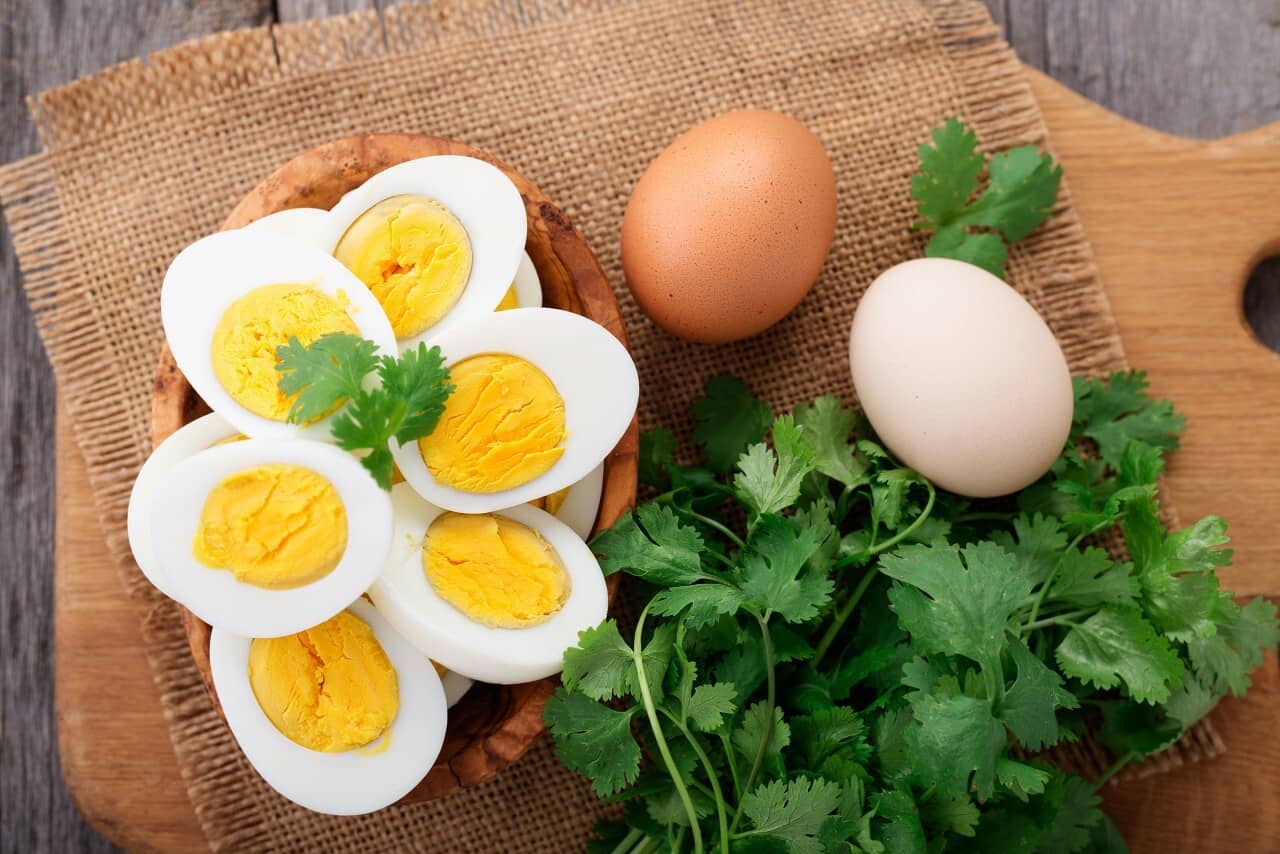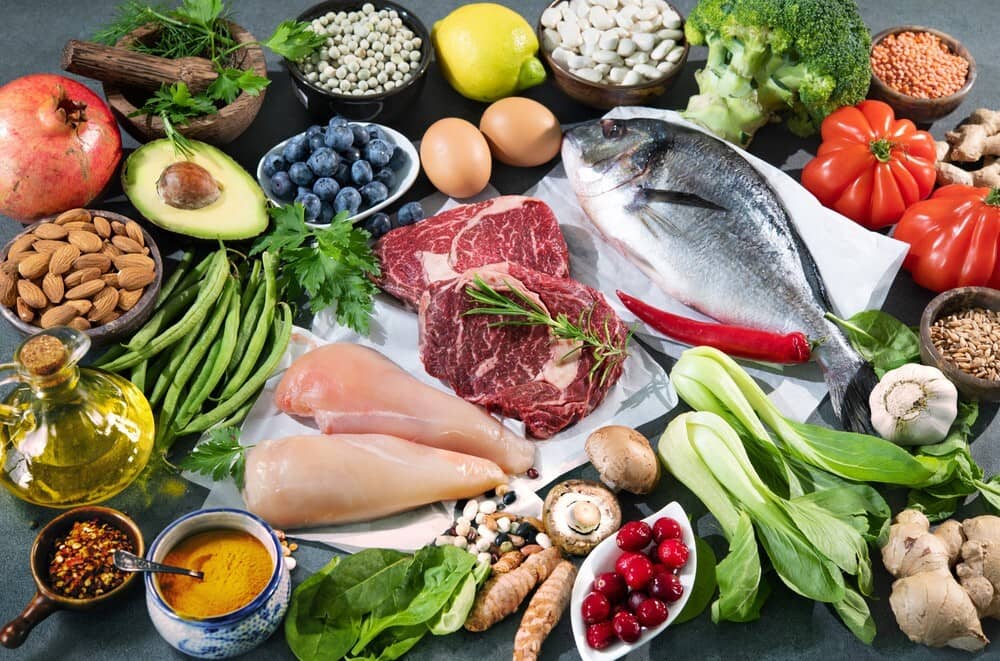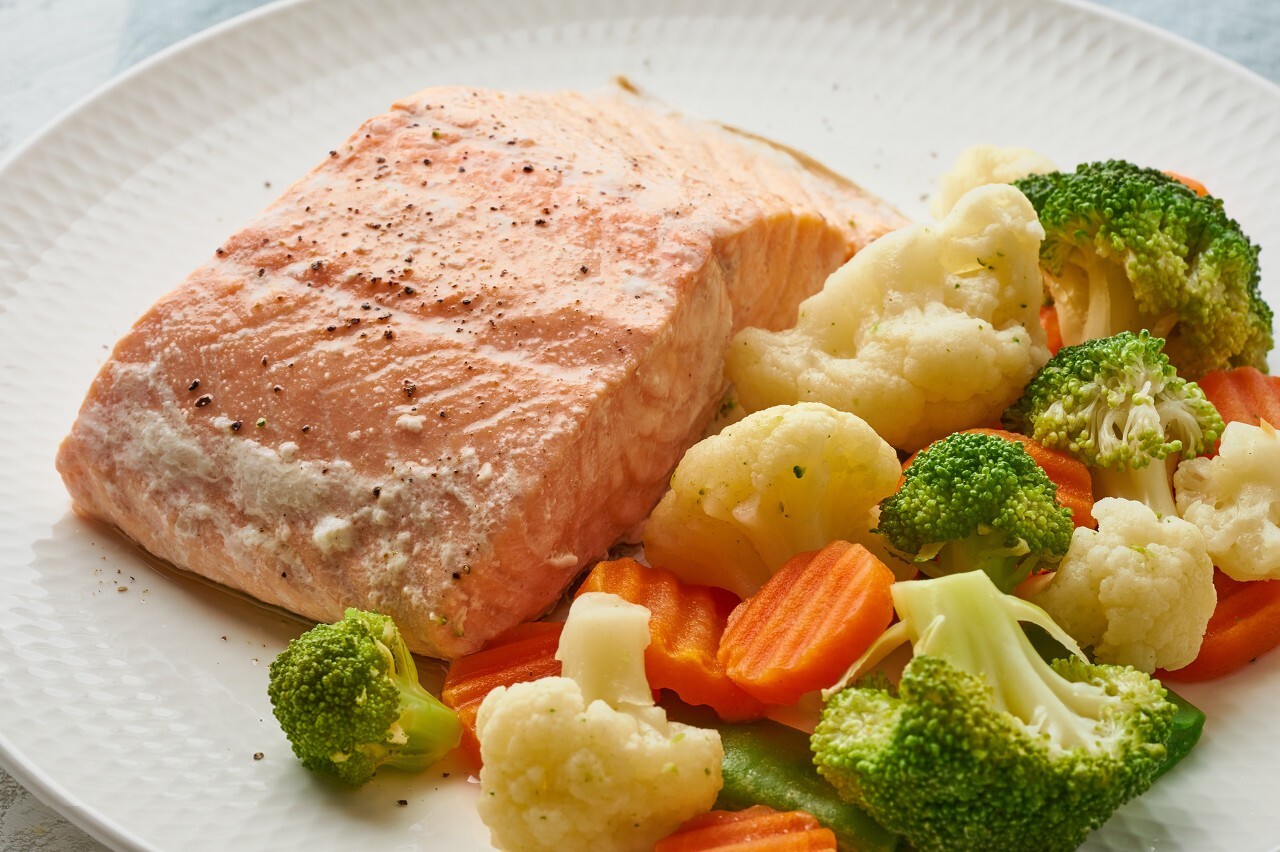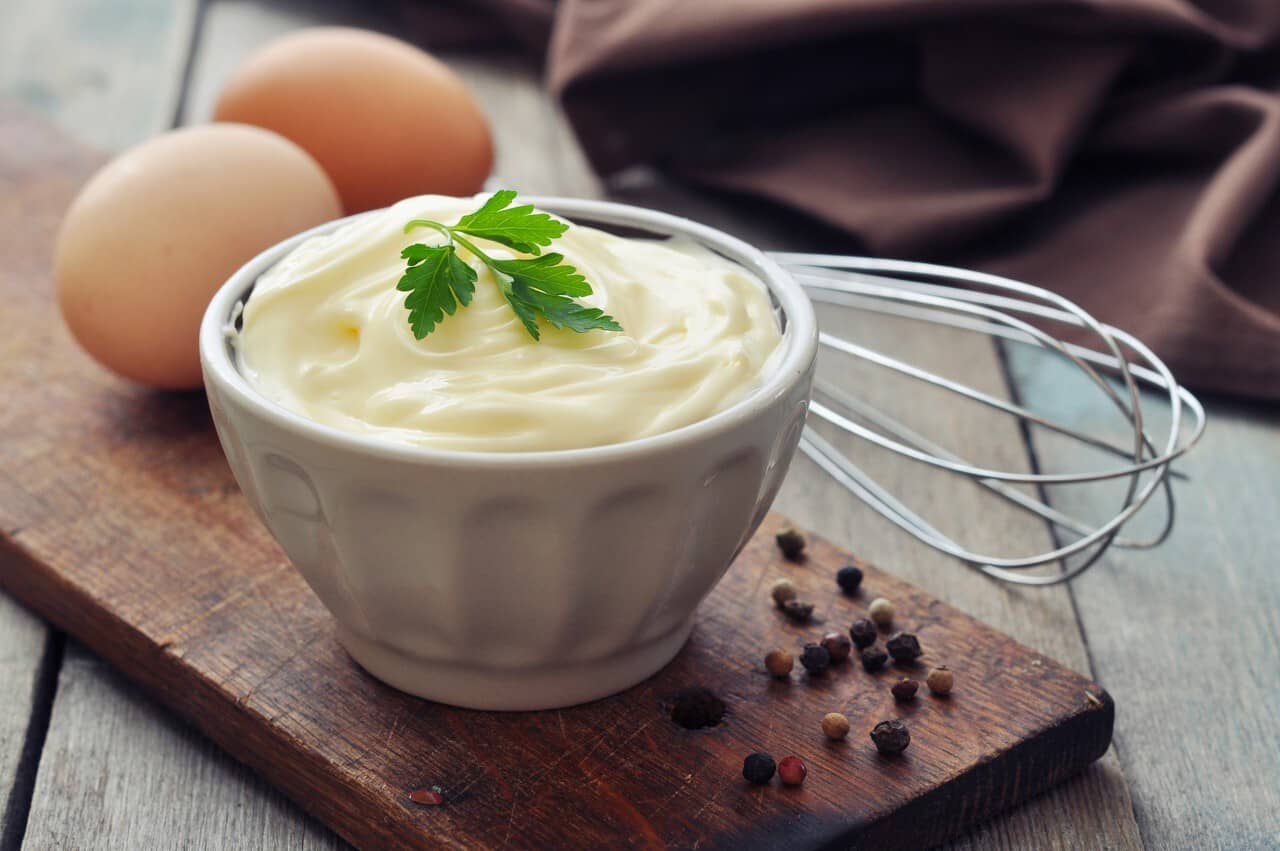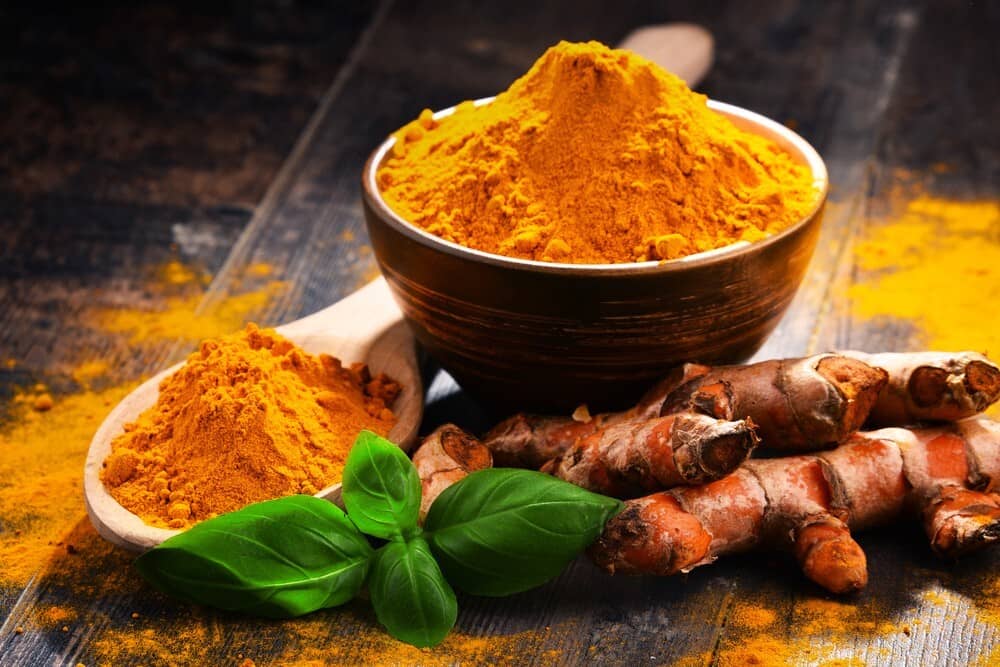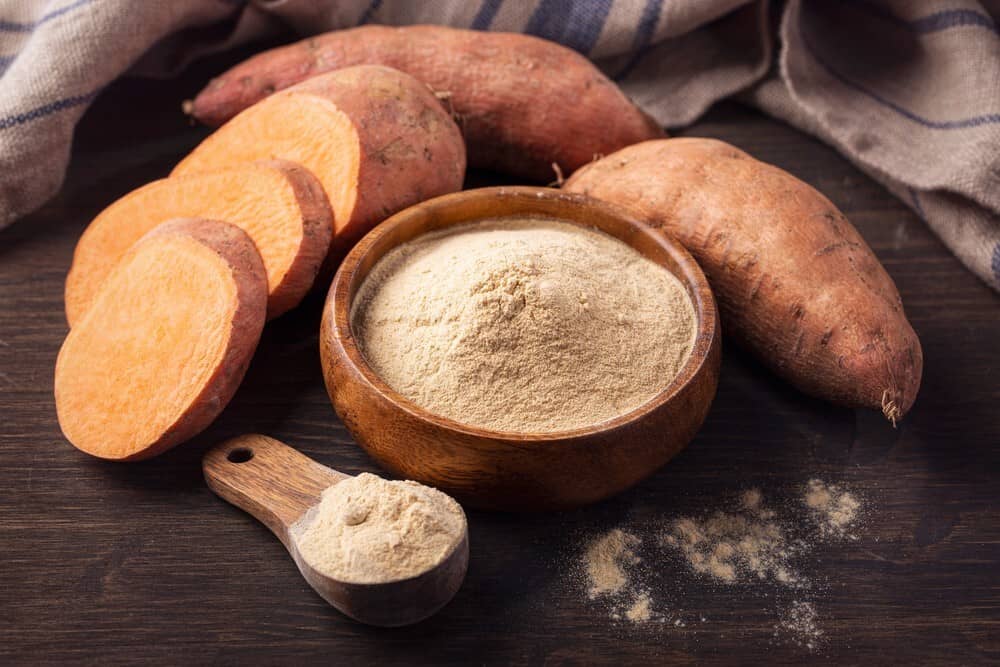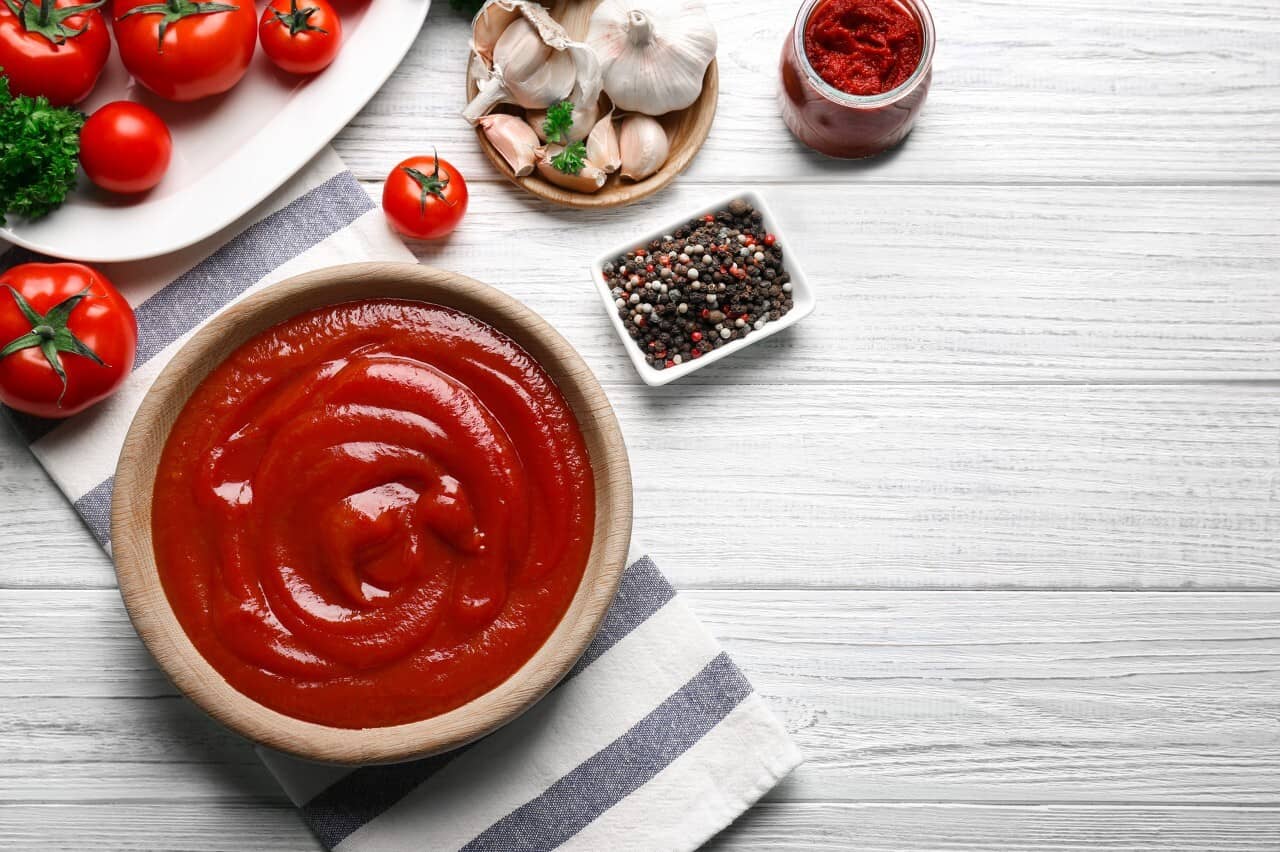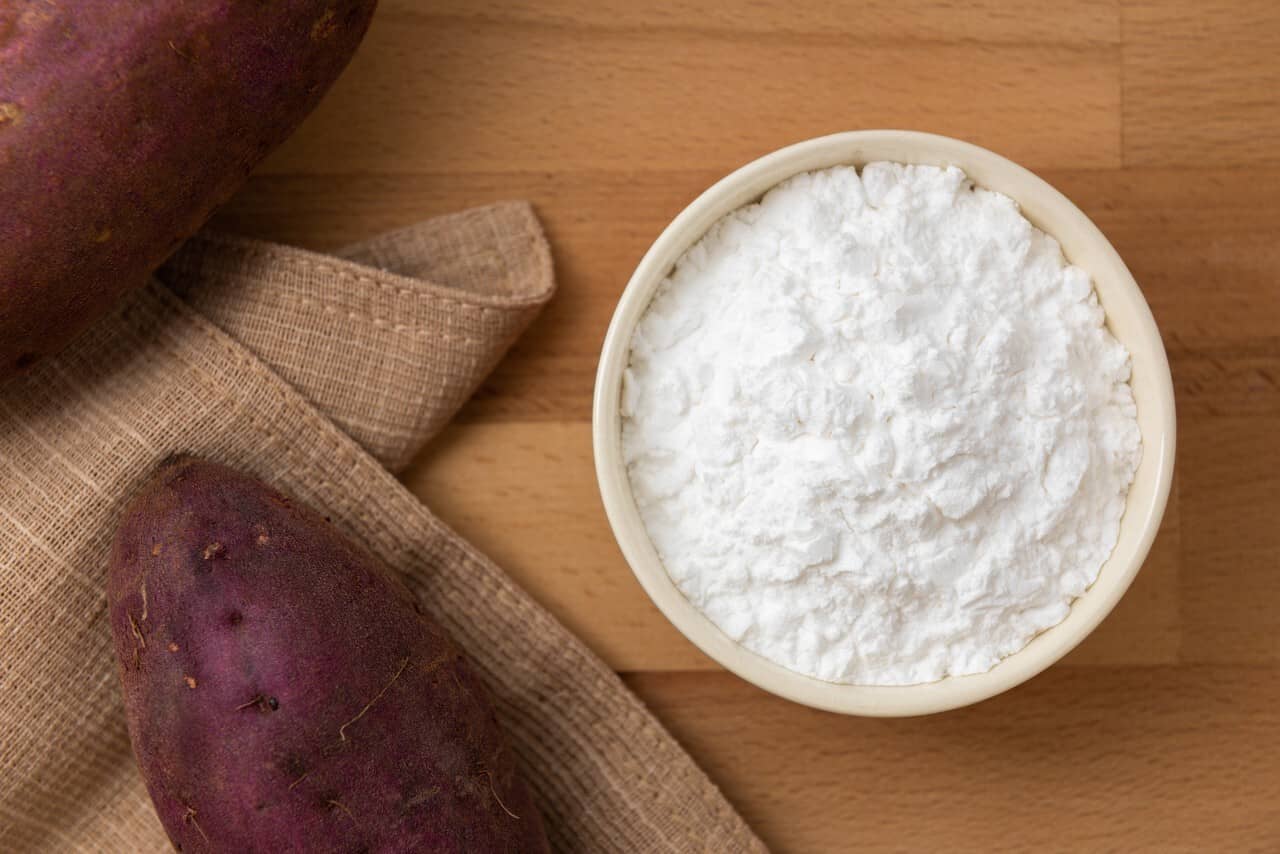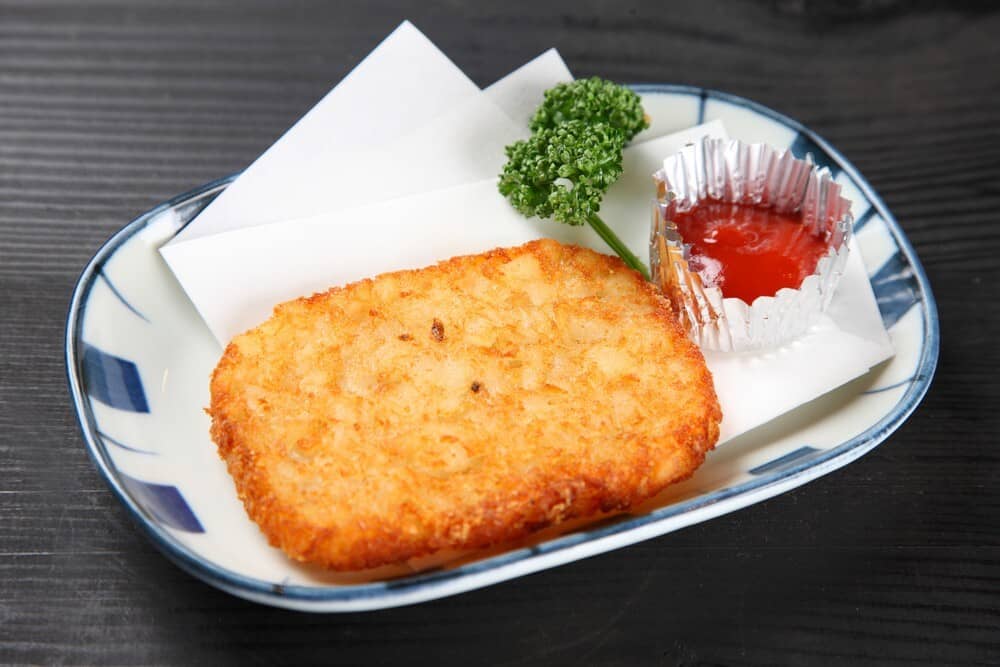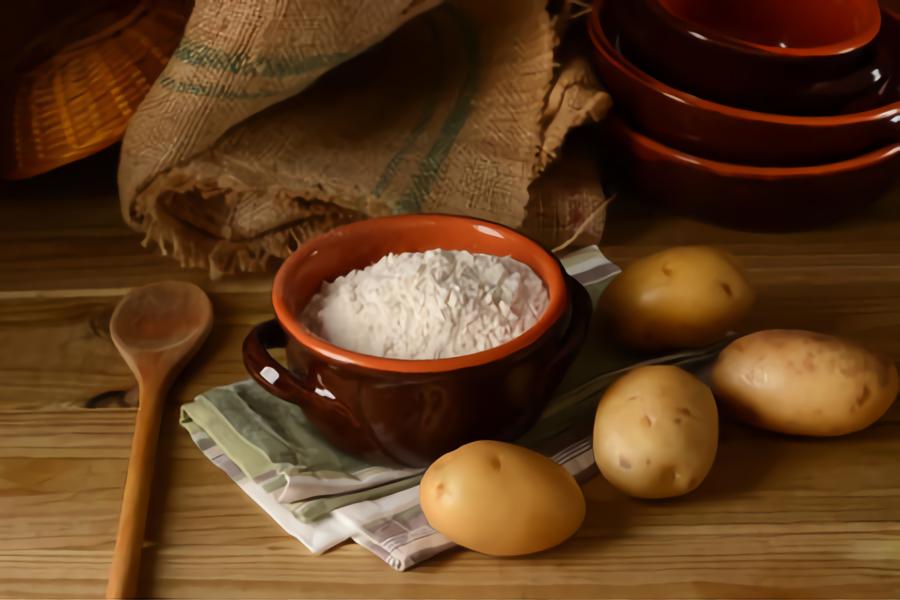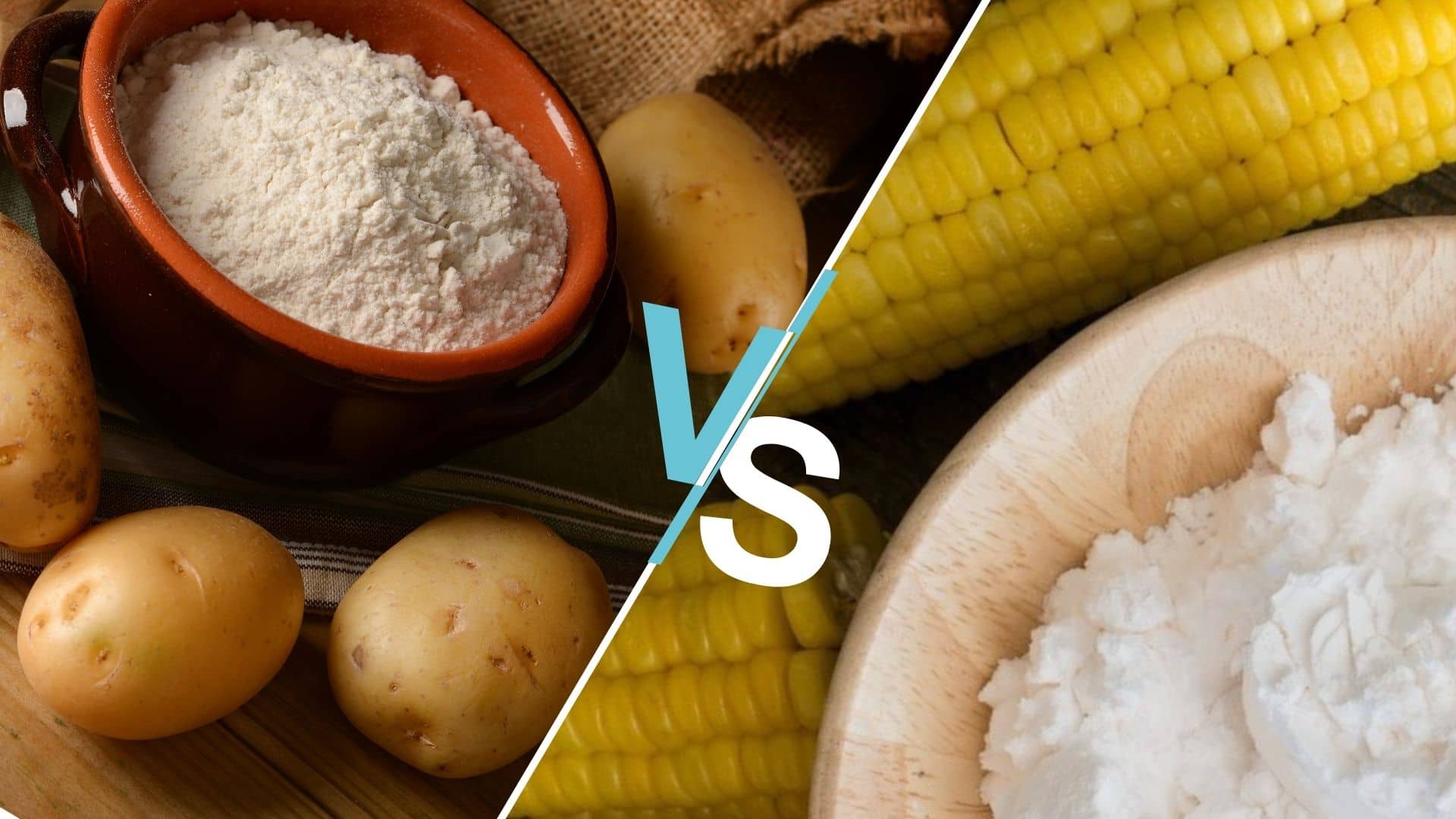Sweet potato starch has many uses, such as tapioca starch, which is used as a coating for meat and fish. It is a better choice for boiled dishes because of its high water absorption capacity and giving a golden crunchy appearance and a crisp taste.
It is also used in desserts, giving a beautiful rubbery texture at low temperatures, and is also used in making Asian noodles by mixing sweet potato starch with an appropriate amount of water (sweet potato noodles) that is used in many recipes.
Also, sweet potatoes are an important source of many vitamins and minerals such as beta-carotene, potassium, vitamin C, calcium, and other minerals and vitamins.
Sweet potatoes are a versatile, starchy root vegetable that makes delicious recipes as well as can be eaten on their own٫ Although there is controversy with the health authorities that sweet potatoes are full of starches, they should not be considered a vegetable in the diet.
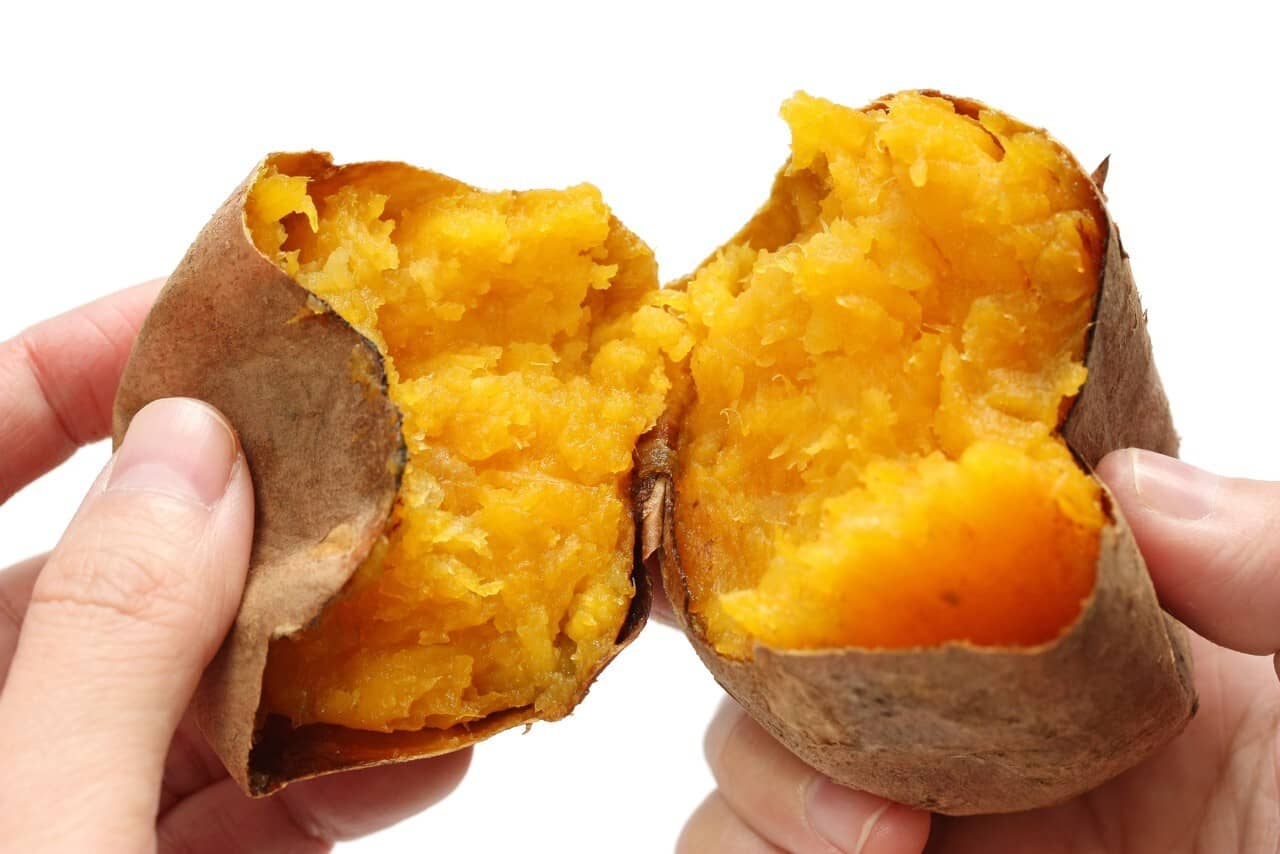
As it contains an abundant amount of starches compared to other vegetables, the calories in a portion of sweet potatoes contain three times that of other vegetables such as carrots, for example.
However, we encourage the replacement of sweet potatoes instead of other starches such as rice, pasta, bread, or potatoes. This is because the body will get a huge amount of different vitamins and minerals from beta-carotene, potassium, vitamin C, and many others, as well as a lot of fiber that helps maintain blood sugar levels.
Sweet potato starch is a good source of energy for the body, as one cup of it provides 365 calories with 90.2 grams of carbohydrates, 22 grams of fat, and 11 grams of protein. It also provides many elements such as carotene, thiamine, iron, and calcium to the body.
Sweet potato starch is very valuable for professional and home cooks so in this section we will mention the most important uses of sweet potato starch
Among its most common uses are the following:
- Sweet potato starch contains fewer calories and is a suitable alternative to cornstarch in recipes to make sweet potato noodles.
- Sweet potato starch can be ground into flour, sweet potato flour is gluten-free and goes into many gluten-free bakery recipes such as cookies, bread, and cakes.
- It is used as a coating for fried meat and poultry and gives a crunchy golden appearance and a crisp taste due to its coarse grains compared to cornstarch and is also used to thicken sauces and gravies and also has a chewy texture similar to tapioca starch when cooked
- sweet potato starch is used for many commercial purposes:
- In the food industry, starch is used to make sweeteners, beverages, Asian noodles that are used as a basic ingredient in many recipes, as well as resistant starch and citric acid that provide health benefits such as those provided by fiber.
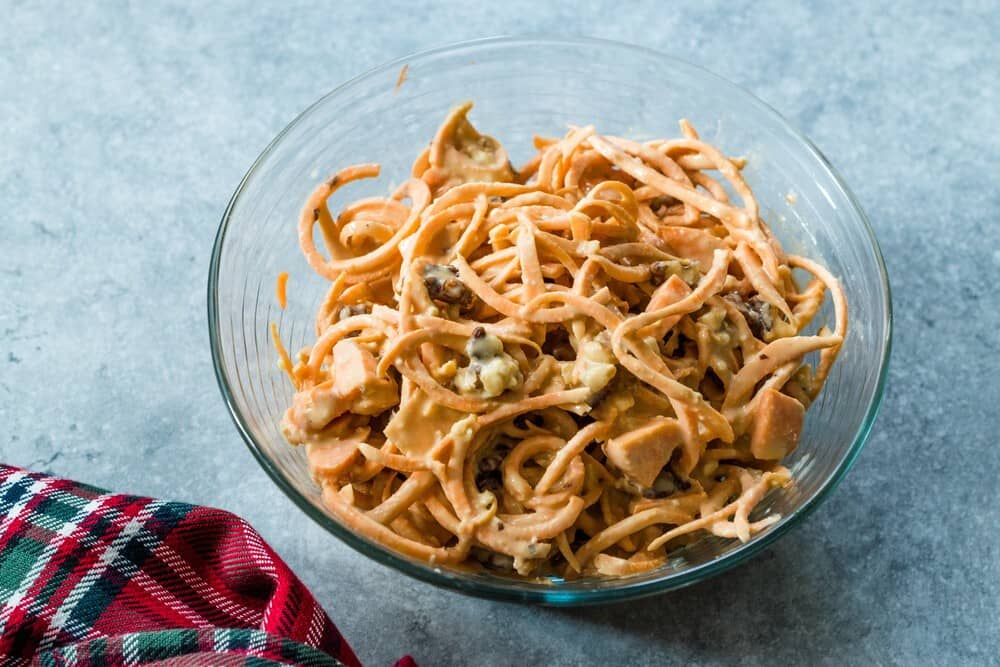
- Sweet potato starch is used as a paste substitute thanks to its strong adhesive properties.
- we use sweet potato starch to produce ethanol fuel.
The US Department of State classified sweet potatoes and white potatoes in a similar classification, but despite this, there are nutritional differences between them and it is mentioned that sweet potatoes are superior to white potatoes in the nutritional and health benefits they provide.
Cooking methods are a key factor in determining the nutrients that both types contain. If sweet potatoes or white potatoes are not cooked, there are not many differences in terms of calories, carbohydrates, protein, or fats.
But when these root vegetables are boiled or baked in this case, some important nutritional differences are highlighted, as sweet potatoes contain higher proportions of calories, carbohydrates, and fats, while white potatoes contain a higher protein content, and here sweet potatoes excel in nutritional value and contain starch of white potatoes.

Starches are divided into three categories in sweet potatoes, according to the quality of their digestion. Fast-digesting starch (80%) is quickly absorbed and increases the GI value. The second type is slowly digested starch (9%), which causes a lower rise in blood sugar levels because it decomposes slowly, and the third type is resistant starch (11%). This resistance starch has many benefits:
- Most carbohydrates are originally starches, and resistant starch is a type that is not digested and passes through the digestive system, acting as soluble fiber.
- It improves insulin sensitivity and decreases appetite by increasing the feeling of satiety and characterized by fewer calories.
- Reduces the risk of rectal and colon cancer by lowering the pH level and reducing inflammation.
Despite the many similarities between sweet potatoes and potatoes, they have about the same amount of calories, carbohydrates, magnesium, potassium, and an important source of vitamin B6, as well as both, contain resistant starch, which acts like fiber and nourishes gut bacteria.
However, when a comparison was made between the use of sweet potato starch and potato starch in recipes, it was found that the benefits that accrue from using sweet potato starch are healthier than potato starch, due to:
- (GI) is an indicator of how quickly a food causes a rise in blood sugar, and from here it was found that sweet potatoes are lower in the glycemic index than potatoes. Potatoes break down faster into sugar in the digestive system and lead to high blood sugar, but that It depends on the method of cooking it and it was found that extracting sweet potato starch preserves vitamins better as well as resistant starch, so it is preferable to use sweet potato starch in recipes
- The starch of sweet potatoes and potatoes contains compounds that act as antioxidants that work to protect the cells of the body from stress known as oxidative stress, which is linked to heart and brain diseases such as Alzheimer’s, cancer, and others.

One of the misconceptions of some is those sweet potatoes are used for fattening because they contain high calories and a lot of starch, and this is not true.
As sweet potatoes are a healthy alternative to potatoes and work to satiate the body with the amount of carbohydrates it needs and extracting sweet potato starch works to retain all the beneficial nutrients in it and is healthily used in many diverse recipes.
We will mention some of the advantages that help in losing weight when eating sweet potatoes and using sweet potato starch in recipes:
- Sweet potatoes are a moderate source of calories, and it is preferable to eat them baked or roasted as a snack, as the cooking method has a great factor in controlling the calorie ratio, as well as the use of sweet potato starch in soups as a thickener that gives a distinctive texture and light taste.
- It does not cause a sudden rise in blood sugar, as the instability of the blood sugar level may cause diseases such as diabetes and obesity, as it is considered one of the foods with low blood sugar.
- An important source of dietary fiber that absorbs water, making you feel full, as well as containing nutrients that maintain your health.
- It helps in losing weight and preventing the body from accumulating fat by containing a high percentage of water. It stimulates blood circulation in the body and prevents dehydration, as dehydration slows the metabolism process.
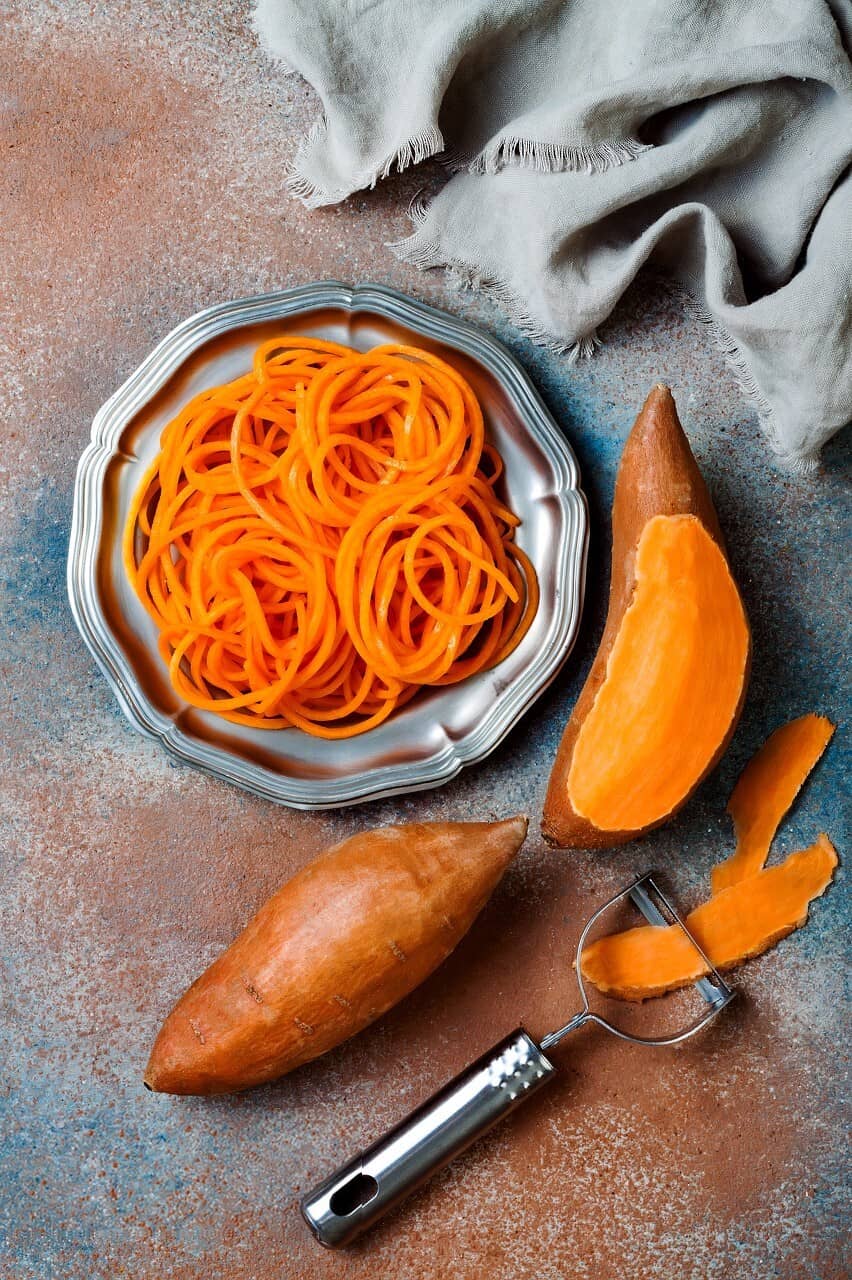
The Potato Diet is a short-term diet that claims to lose weight quickly, with the basic version claiming to help you lose up to half a kilogram a day, by eating only potatoes for three to five days.
Sweet potatoes are allowed in the spud fit challenge – a popular type of diet developed by Andrew Taylor.
Water Chestnut Flour: Serves as a substitute for sweet potato starch, its dense nature makes it a great blend for stir-fries and baked goods, and it’s also a gluten-free ingredient. Water chestnut flour is made by boiling chestnuts, peeling them, and turning them into a fine powder.
Sweet rice flour is a substitute for gluten-free bread: Sweet rice has a higher starch content than regular rice, yet the starch does not contain any gluten and helps bond together well.
Cornstarch in frying Cornstarch can prevent the development of gluten and is a secret ingredient in making the outer layer of fried chicken crunchy because it absorbs moisture.
Almond flour: contains many vitamins and nutrients such as protein and fiber. It is more beneficial compared to whole wheat or wholemeal flour, but it is a little expensive compared to the rest.
